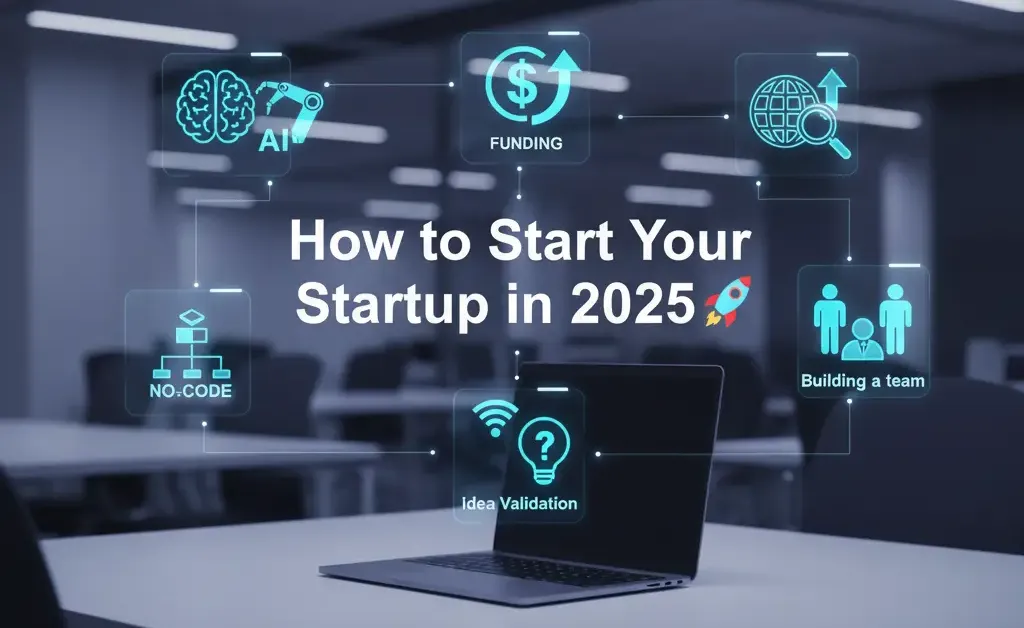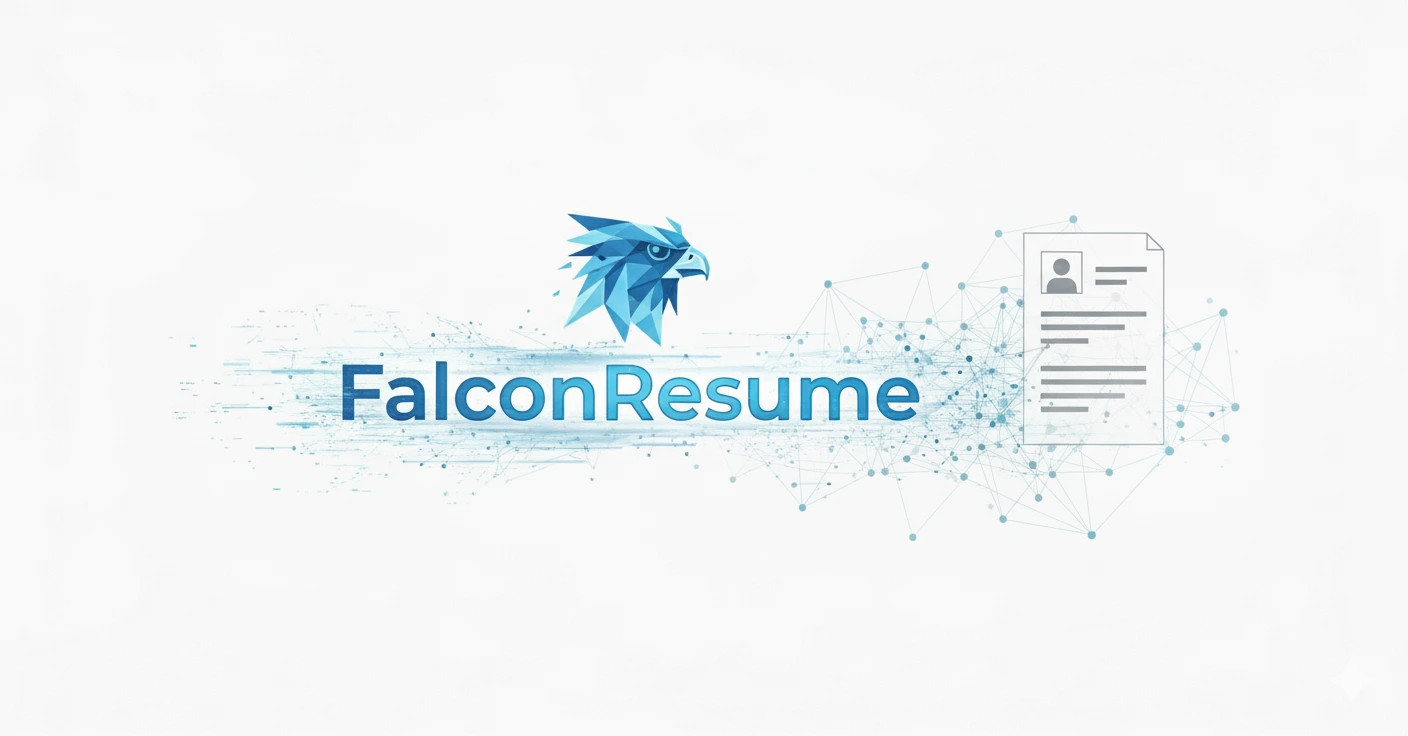Starting a business has never been more accessible than it is today. In 2025, technology, funding platforms, and global collaboration tools have leveled the playing field. You don’t need an MBA, years of experience, or massive savings to launch a startup anymore. What you do need is clarity, strategy, and the right tools.
This guide will walk you step by step through how to start your own startup in 2025 — even if you’ve never built a business before.
Why 2025 Is the Best Year to Launch a Startup
The barriers to entry are lower than ever:
AI-powered tools now handle tasks like design, coding, and marketing at a fraction of the cost.
Remote-first culture means you can hire talent globally without renting an office.
Alternative funding options like crowdfunding, revenue-based financing, and angel syndicates make capital more accessible.
Low-code and no-code platforms let you build MVPs (minimum viable products) in weeks instead of months.
If you’ve ever thought about creating your own company, 2025 might be your perfect window.
Step 1: Validate Your Idea 🤔
Most first-time founders fail not because of poor execution, but because they build something nobody needs.
Here’s how to validate your idea quickly:
Identify a Problem: Look at pain points in industries you know — education, healthcare, finance, or even hobbies. Think about what frustrates people in their daily lives.
Test Interest: Use free surveys (Google Forms, SurveyMonkey), Reddit communities (e.g., r/startups, r/Entrepreneur), and LinkedIn polls to see if people actually want a solution.
Build a Landing Page: Use tools like Carrd or Webflow to quickly create a page that pitches your idea and collects email sign-ups before you build anything.
Pro Tip: If strangers are willing to share their email or pay for early access, you’re onto something. This early commitment is a strong signal of demand!
Step 2: Build Your MVP (Minimum Viable Product) 🛠️
You don’t need to code everything from scratch. In 2025, MVPs can be built faster than ever.
No-code platforms: Bubble, Glide, and Adalo allow you to build functional web and mobile apps without writing a single line of code.
AI coding assistants: ChatGPT and GitHub Copilot can help you generate code snippets, debug, and even write entire functions, significantly speeding up development.
Prototyping tools: Figma is excellent for designing user interfaces, while Framer allows you to create clickable, interactive prototypes that feel like a real app.
Your MVP doesn’t have to be perfect — it just has to prove that people are willing to use or pay for it.
Step 3: Find Your First Users 👥
Without users, your idea is just a hobby. In the early stage, focus on small but engaged audiences.
Communities: Share your product on platforms like Product Hunt, Indie Hackers, or relevant subreddits where early adopters hang out.
Beta Programs: Invite early adopters through waitlists built on your landing page. Offer them exclusive access or discounts for their feedback.
Partnerships: Collaborate with micro-influencers or niche creators who already have your target audience. Their endorsement can bring in highly relevant users.
Remember: your first 100 users matter more than your first 1,000. Their feedback is invaluable for refining your product.
Step 4: Secure Funding (Without a VC) 💸
Traditional venture capital isn’t the only path. In fact, many 2025 startups are bootstrapping or using alternative models:
Crowdfunding: Platforms like Kickstarter and Republic let customers fund your vision directly, often pre-selling your product.
Revenue-based financing: Companies like Pipe and Capchase provide capital based on your recurring revenue, without diluting your ownership.
Accelerators: Programs like Y Combinator, Techstars, and On Deck now accept founders worldwide, providing mentorship, seed funding, and connections.
Pro Tip: Start small and aim for profitability early. Investors love businesses that already generate revenue, as it de-risks their investment.
Step 5: Build Your Team and Scale 📈
Once you’ve validated your idea and gained traction, start building your team. Remote-first hiring allows you to tap into global talent affordably.
Use platforms like Deel or Remote for international payroll and compliance, making it easy to hire talent from anywhere, even Kathmandu!
Hire part-time contractors first, then expand to full-time roles as revenue grows. This keeps your burn rate low.
Automate repetitive tasks with AI and Zapier so your team can focus on strategy and high-impact work.
Common Mistakes First-Time Founders Make 🙅♀️
Spending months perfecting instead of launching. Launch fast, iterate often.
Ignoring user feedback. Your users hold the key to your product's success.
Overcomplicating the product. Start with the core problem, then add features.
Relying only on one marketing channel. Diversify your outreach.
Avoid these traps by keeping your process lean and user-focused.
Resources to Get Started 📚
Here are tools and platforms to supercharge your journey:
Idea Validation: Google Trends (for market interest), Typeform (for surveys)
MVP Building: Bubble (no-code apps), Framer (prototyping), GitHub Copilot (AI coding)
Funding: Republic (crowdfunding), Y Combinator (accelerator)
Growth: Product Hunt (launch platform), Indie Hackers (community)
Learning & Mentorship: Coursera, Udemy, local startup incubators (check for options in Kathmandu!)
Final Thoughts ✨
Starting a startup in 2025 isn’t about having the “perfect” background — it’s about taking action, validating ideas quickly, and leveraging the powerful tools available today.
If you’ve ever dreamed of being a founder, now is the best time to start. The resources are out there, the market is global, and the costs are lower than ever.
Your future startup doesn’t need to begin with investors or an office. It can start today — with your laptop, an internet connection, and the courage to test an idea.



